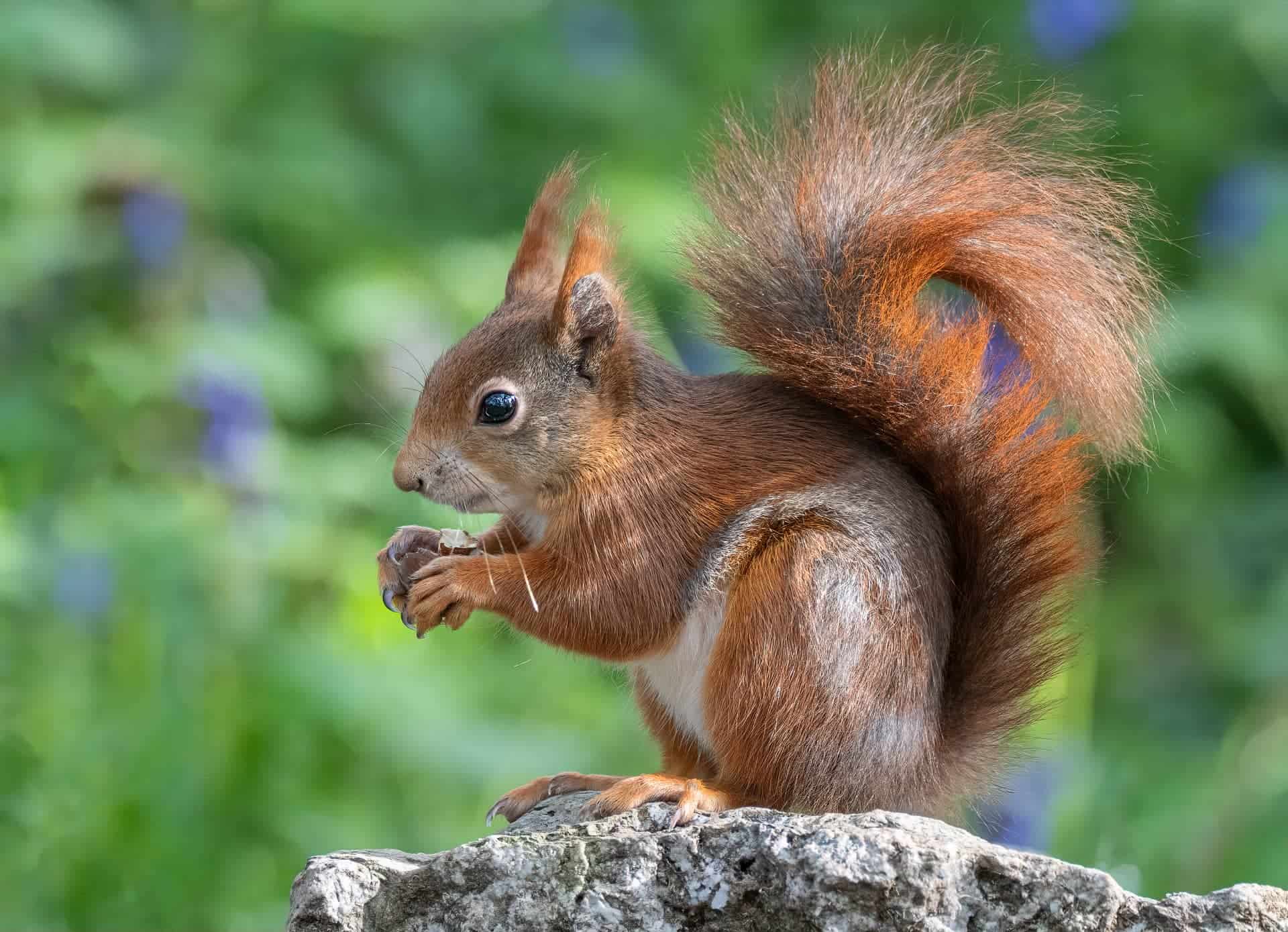The Isle of Wight is proud to be home to red squirrels, but across the country their numbers are far less due to a pox carried by grey squirrels that is fatal to reds.
Fertility control programme for greys
The Red Squirrel Survival Trust (RSST) anticipates a significant decrease in England’s grey squirrel population due to a fertility control programme.
This reduction could lead to a dramatic increase in the number of English red squirrels and their habitats, as the greys diminish.
Ten times more greys
Today, it is estimated that there are more than 2.7 million grey squirrels and just 270,000 red squirrels, with most residing in Scotland and just 29,000 in England.
A government-backed fertility control programme will begin extensive field trials next year with major land and forestry owners in England collaborating on these trials.
The programme is expected to be completed by 2027.
Contraceptive will be made available
Once registration is finalised, the contraceptive will be made available to other land and forestry owners, farmers, and the general public.
RSST’s Vanessa Fawcett believes that the government’s plans for new and expanded national nature reserves will take time, but ultimately benefit red squirrels as grey populations decline.
Improved wildlife habitats will significantly help the expanding English red squirrel population.
Introduced in the 1870s as a novelty species
Grey squirrels were introduced to Britain in the 1870s as a novelty species in parks and estates.
Before that, native red squirrels were the only British squirrel species.
As grey squirrel numbers decrease, red squirrels are expected to expand their territories into England and Wales.
Planting programme
RSST and renowned gardener Alan Titchmarsh, an Ambassador for the trust, have developed a planting programme to provide food for red squirrels in domestic gardens as their territories expand.
Supplementary feeding is essential for their successful breeding.
Image: © Vicky Outen





